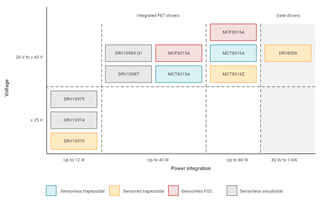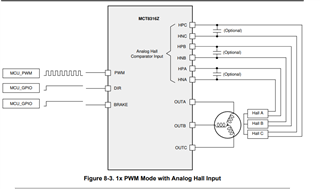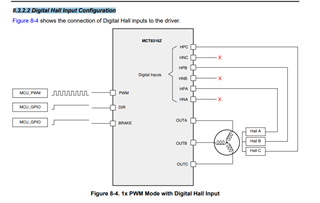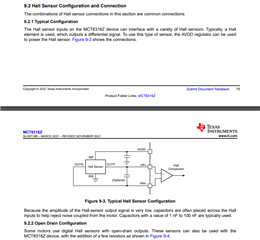Other Parts Discussed in Thread: MCF8316A, , MCT8315A, MCT8316A, MCT8316Z, DRV5055
Hi Dears,
1. The customer wants to choose the BLDC motor drive scheme, which is internally integrated with MOS. The motor specification is 12V and the maximum current is 2A.
2. Looking at MCT8316A/MCF8316A/MCT8315A/MCF8315A, whether these four models are internally integrated with meta-sensors, and do not need external Hall sensors to determine the rotor position
3. Is there a difference between MCT8316A and MCT8315A only in peak current? Are there any differences elsewhere?
4. From the data of MCT8315A and MCF8315A, we can see that the control mode is different. Which one is easier to develop in terms of software and hardware





